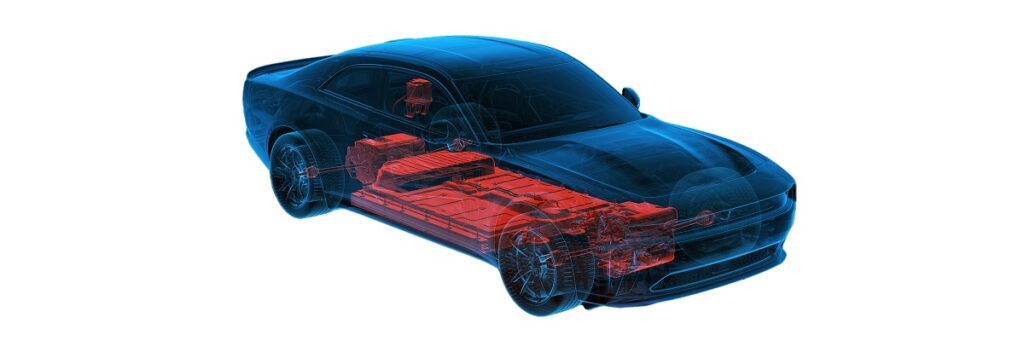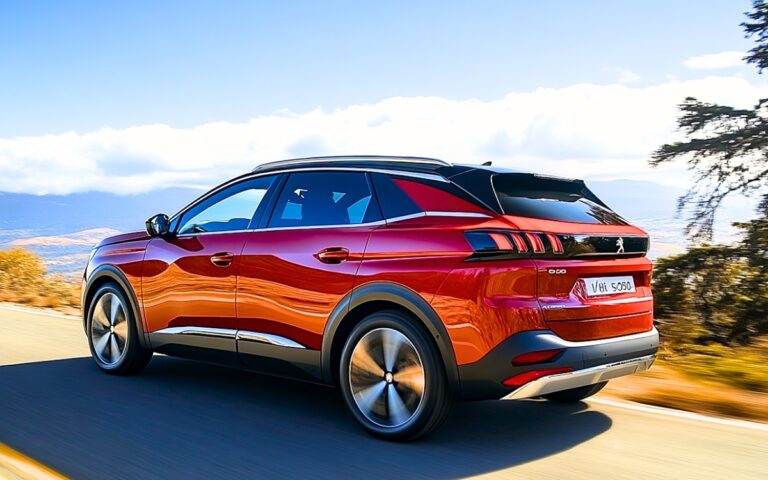In 2026, the world of electric vehicles (EVs) could see a monumental shift with the debut of the Dodge Charger Daytona, featuring a solid-state battery capable of delivering an impressive 966 km range. This breakthrough is poised to reshape the entire automotive industry and accelerate the transition to greener transportation.
Stellantis and Factorial: A Groundbreaking Partnership
The Stellantis Group, renowned for its automotive brands like Jeep, Dodge, and Maserati, has teamed up with Factorial Energy, a cutting-edge battery technology company. Together, they are working on integrating solid-state battery technology into the Dodge Charger Daytona. This model, a reimagined icon from the muscle car era, is set to feature a battery that promises to change the way we think about electric vehicles.
Factorial’s innovative batteries offer energy densities greater than 390 Wh/kg, which is a remarkable leap forward in the quest for more powerful and efficient EVs. As we move toward a future with fewer emissions, this technology could be a game-changer.
Major Technological Advances
Solid-state batteries represent a significant improvement over traditional lithium-ion batteries. They offer higher energy density, meaning more power can be stored in the same amount of space. Additionally, these batteries are lighter, which can translate to better vehicle performance and longer driving ranges. Factorial’s cells are not just more efficient; they could also lead to a reduction in overall vehicle costs, making electric cars more affordable in the long term.
What sets these solid-state batteries apart is their ability to significantly lower the weight of the battery pack while improving the range—up to 966 km on a single charge. This is a critical milestone, as range anxiety has long been one of the biggest challenges to EV adoption.
The Vehicles of Tomorrow

By 2026, Stellantis plans to roll out a fleet of Dodge Charger Daytona vehicles powered by these solid-state batteries for real-world testing. This testing phase will be crucial in determining how these batteries perform in everyday driving conditions and whether they can withstand the demands of both performance vehicles and more practical electric SUVs. These new vehicles will serve as the foundation for Stellantis’ future electric models, which are already gaining attention for their innovation.
Stellantis has set an ambitious course with its “Dare Forward 2030” strategic plan, aiming to electrify its entire lineup of brands. The introduction of this cutting-edge battery technology plays a central role in this effort, ensuring that the company stays at the forefront of the automotive revolution.
A Robust Strategic Framework
The STLA Large platform, chosen for this innovative project, is designed to support the high-volume production of electric SUVs and performance vehicles. This platform will help Stellantis meet its goal of becoming a leader in the electric vehicle market, with plans for mass production across a wide range of high-performance cars and SUVs. The collaboration with Factorial is part of a larger, comprehensive effort to ensure that Stellantis is ready for the future of mobility.
Statements from Industry Leaders
Both Ned Curic, Stellantis’ Chief Technology Officer, and Siyu Huang, CEO of Factorial Energy, have expressed their excitement about the potential of this partnership. Curic emphasized how this new technology could not only make electric vehicles more practical but also improve their overall performance. Huang, meanwhile, highlighted how the development of solid-state batteries would offer consumers a more sustainable, efficient, and cost-effective option for their driving needs.
Ambitious Performance Goals
Factorial is pushing the envelope with its solid-state batteries. The goal is to achieve a range of 966 km while reducing the weight of the batteries by 40% and shrinking their size by 33%. These changes will make the batteries more portable, efficient, and practical, making them a viable option for a broader range of consumers and applications.
Collaboration with Mercedes-Benz
In another exciting development, Factorial is also collaborating with Mercedes-Benz to create Solstice, a new solid-state battery that could reach an energy density of 450 Wh/kg—nearly double the energy density of the batteries currently used in popular models like the Tesla Model Y. This collaboration between two automotive giants demonstrates the growing interest in solid-state technology and its potential to revolutionize the entire industry.
The Future of Electric Cars
The partnership between Stellantis and Factorial is not just a technological advancement—it’s a glimpse into the future of electric mobility. As these solid-state batteries become more widespread, we can expect to see lighter, more efficient, and longer-lasting electric vehicles on the roads. This could make EVs more accessible to a wider audience, pushing us closer to a world where electric cars are the norm rather than the exception. With revolutionary technology like this, the future of the automotive industry is looking brighter than ever.






